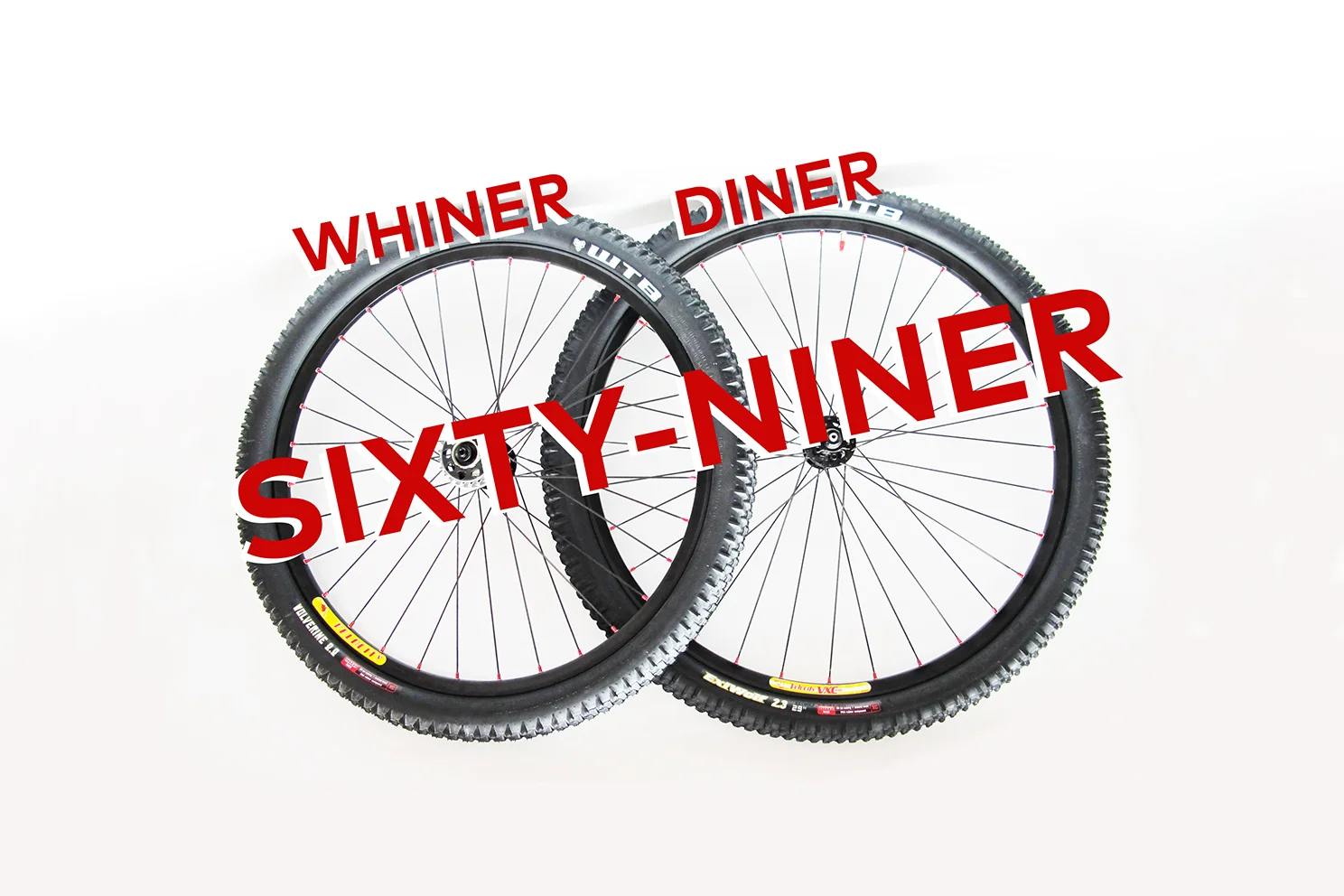Q: Why do some of your MTBs have asymmetric wheel sizes?
A: Optimal performance!
Roller Up Front - Motor in the Back
The advantages of a 69er setup are numerous, which is why motorcycles have had a larger front wheel and smaller rear wheel for decades. The idea has surfaced and resurfaced in the mountain bike community for years, beginning quietly in the 1980s and reaching a high point in the 1990s, with a brief resurgence in the 2000s that culminated in global companies like Trek releasing production models. Unfortunately the format fell victim to fashion and enthusiasm in the marketplace dwindled as bike companies began to push the more socially acceptable 29er to customers.
It has long been acknowledged that 26" wheels are not the best equipment for off road riding, but simply an industry standard dating all the way back to the 1960s when Gary Fisher, Joe Breeze, et al were racing modified 26" cruiser klunkers. It wasn't that riders wanted 26" wheels, it was that 26" wheels is what was readily available and compatible with existing frames.
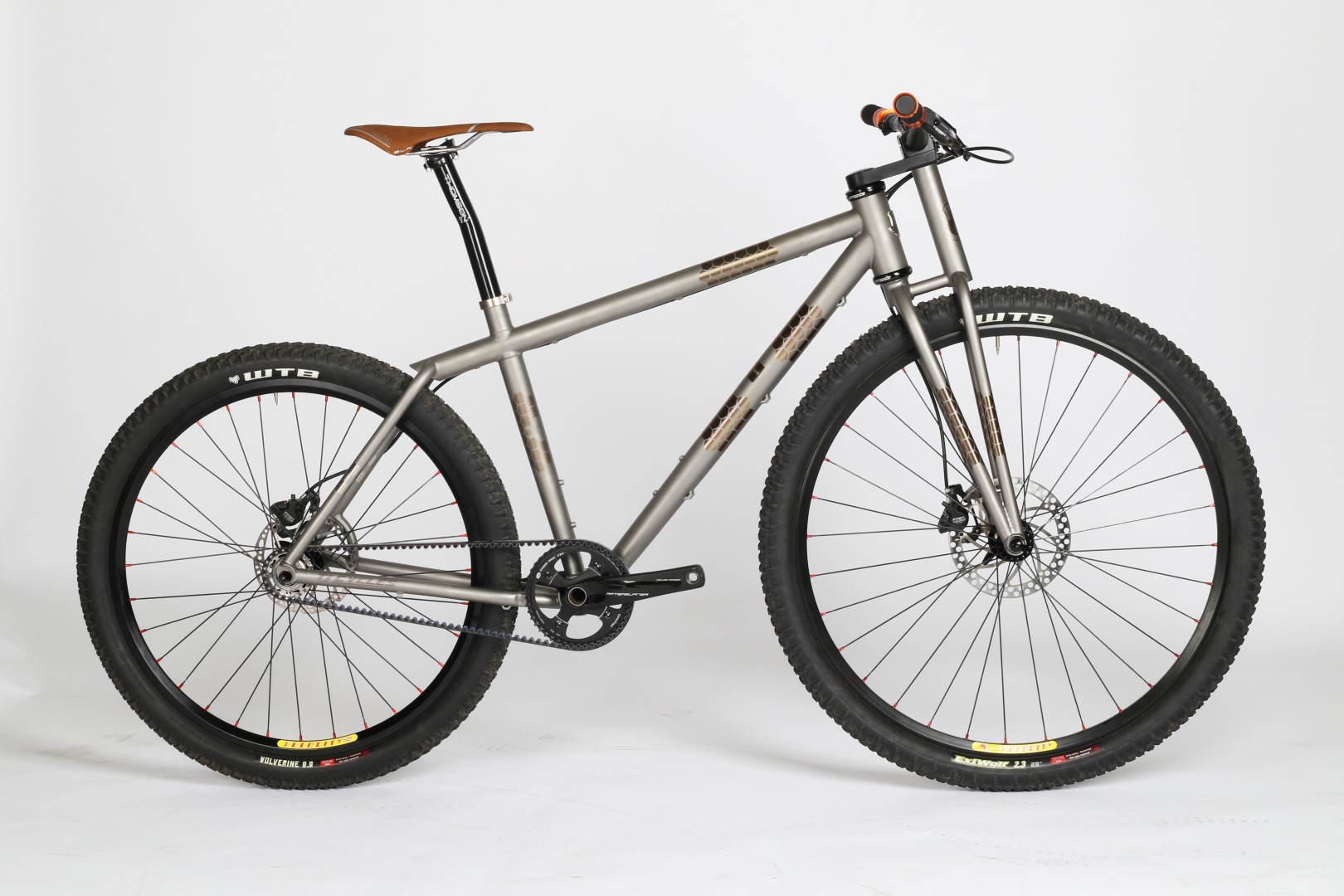
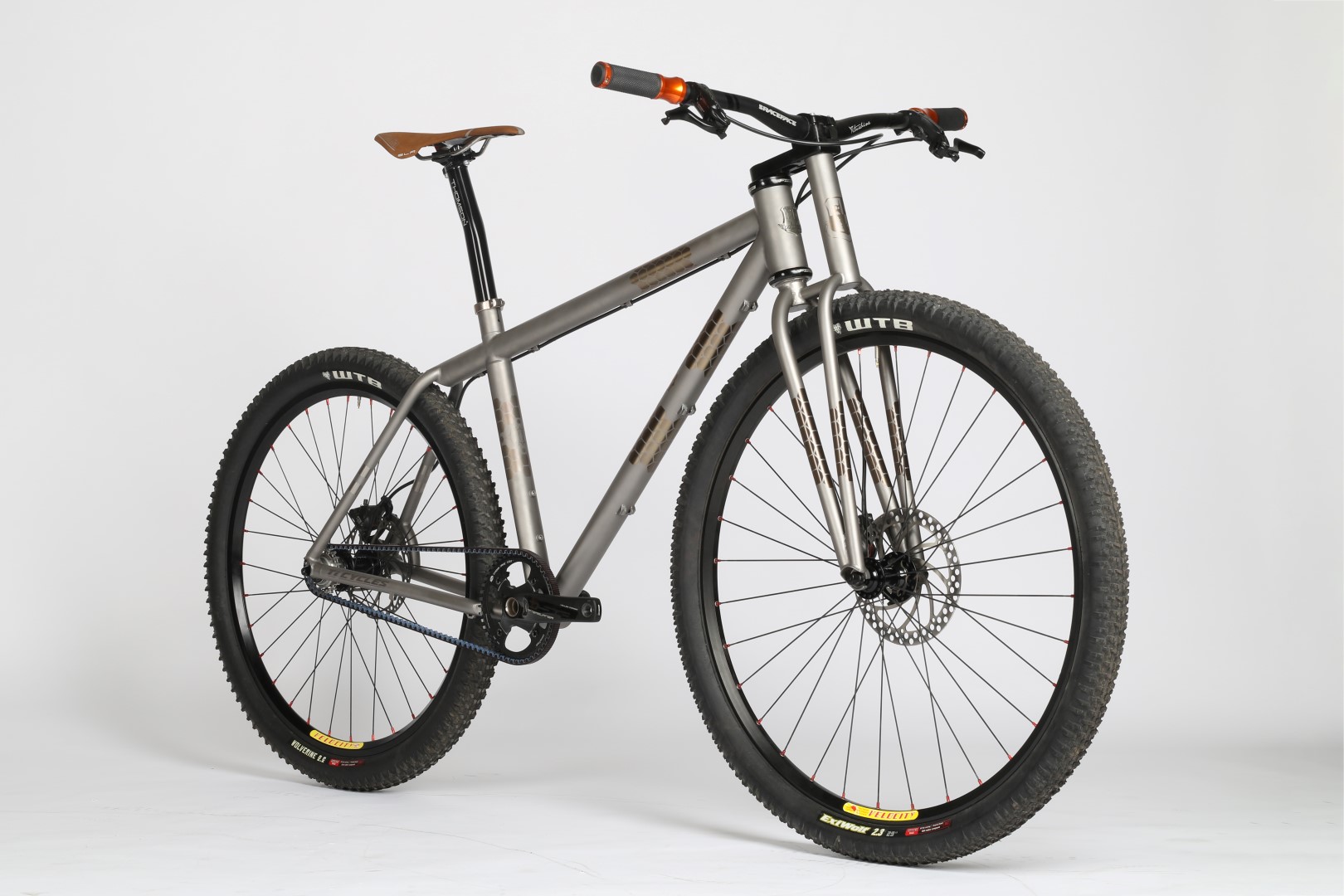
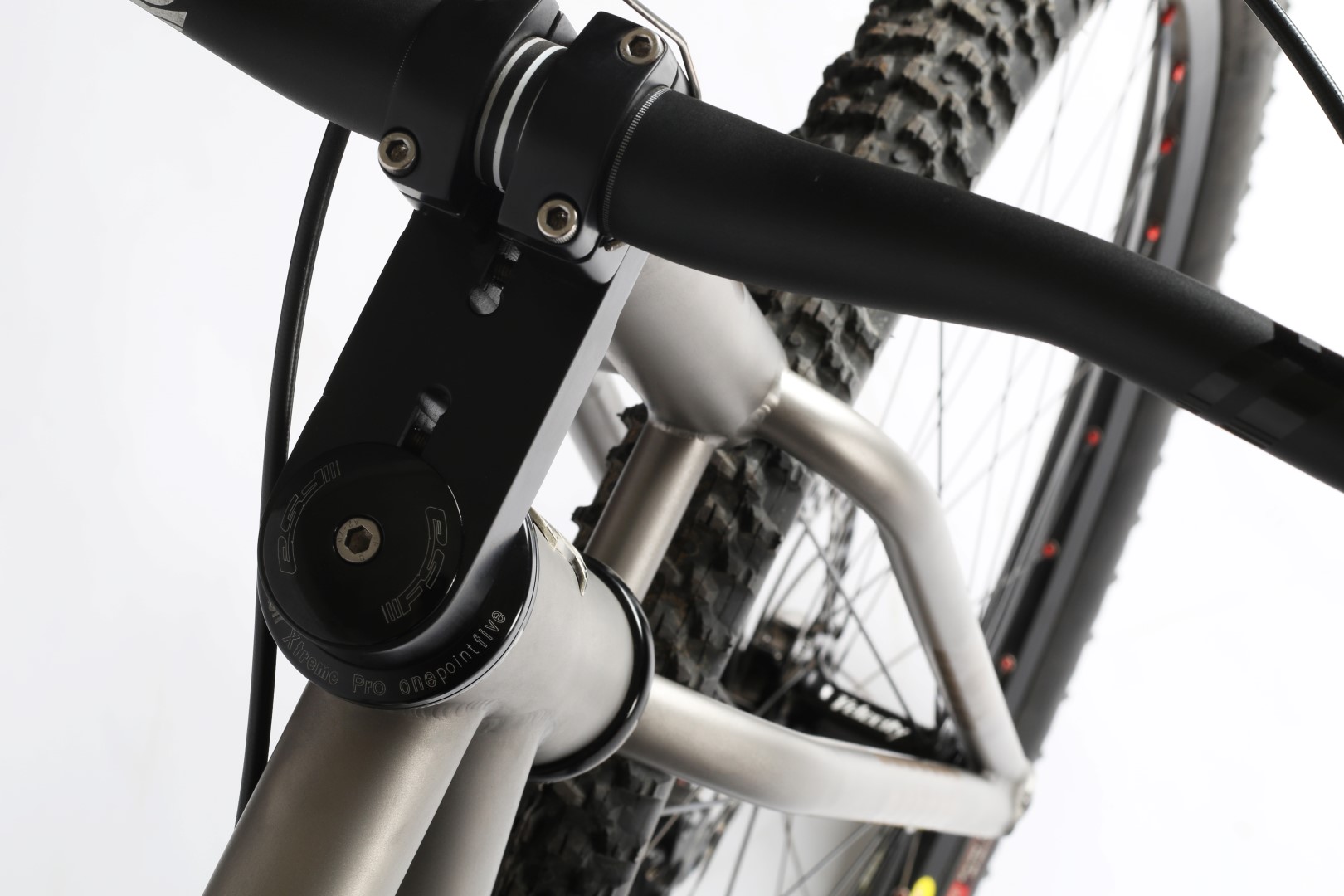
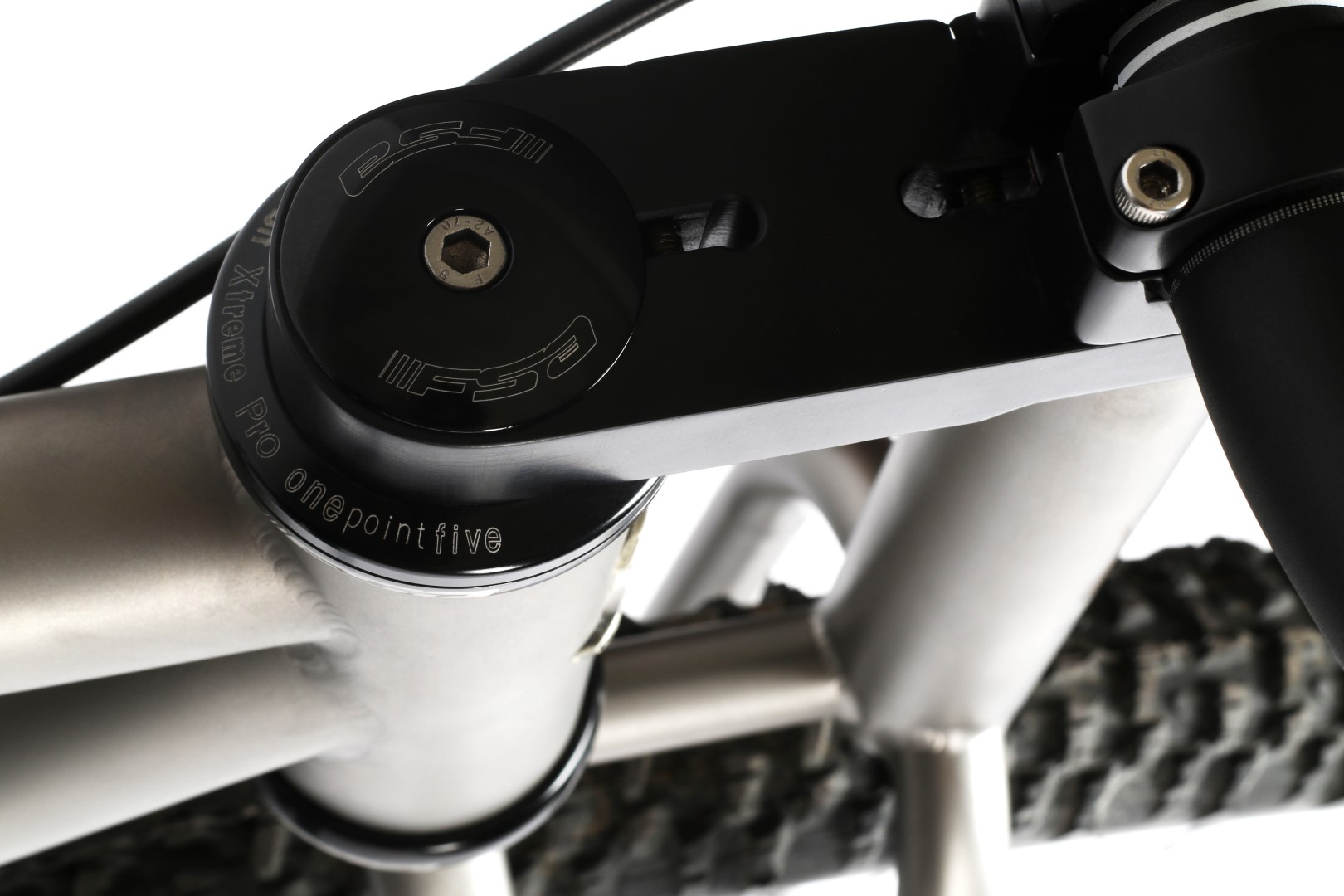

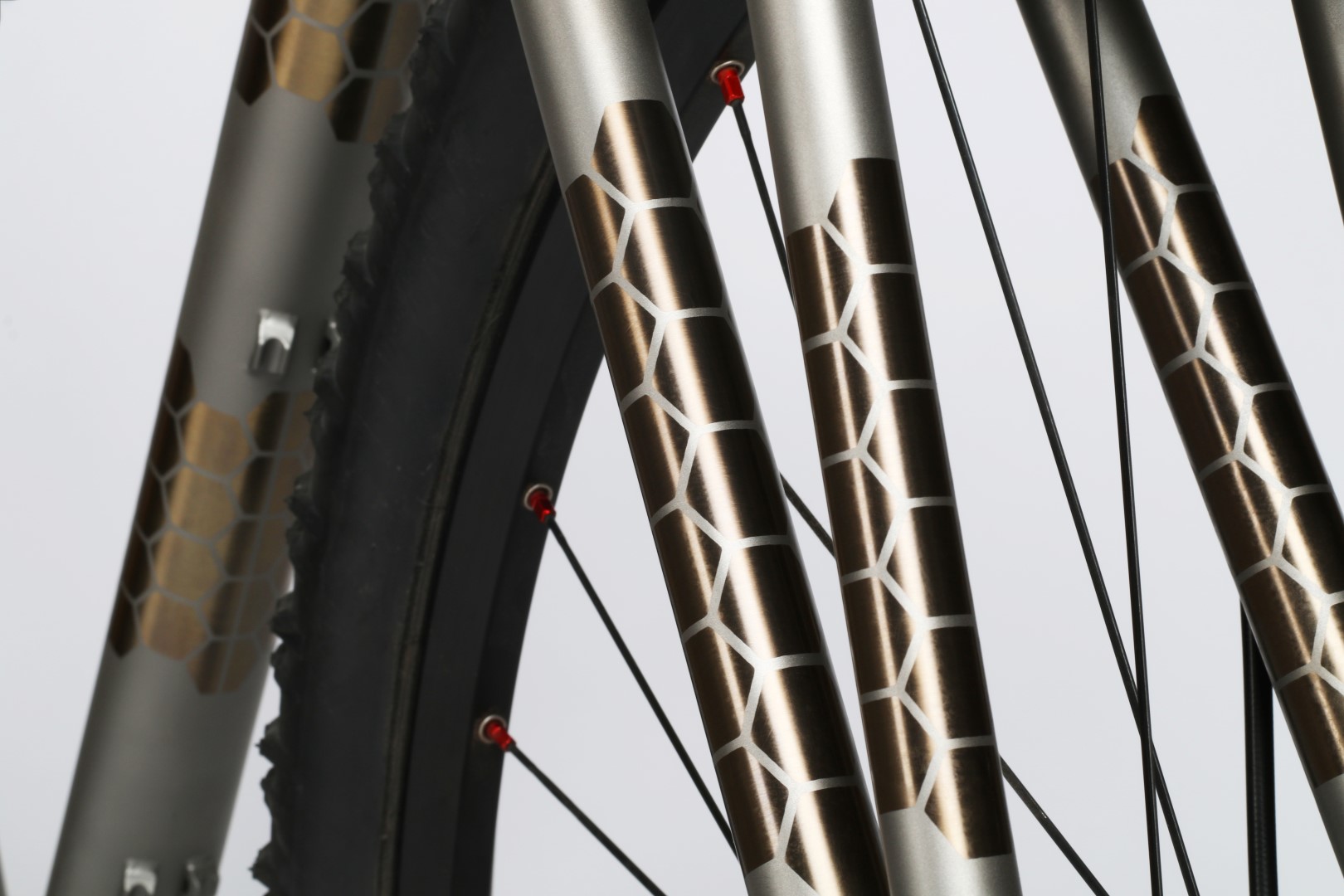
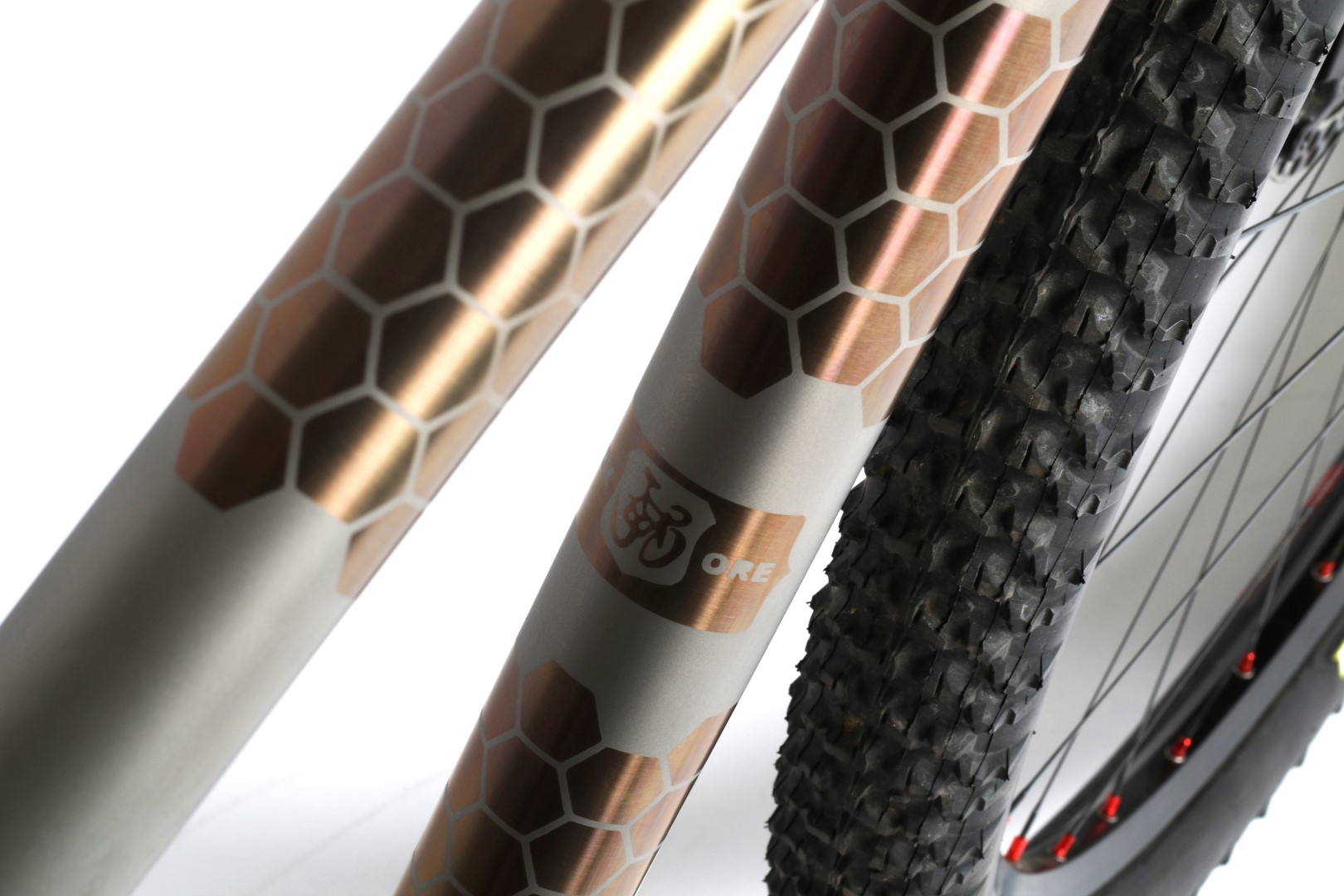

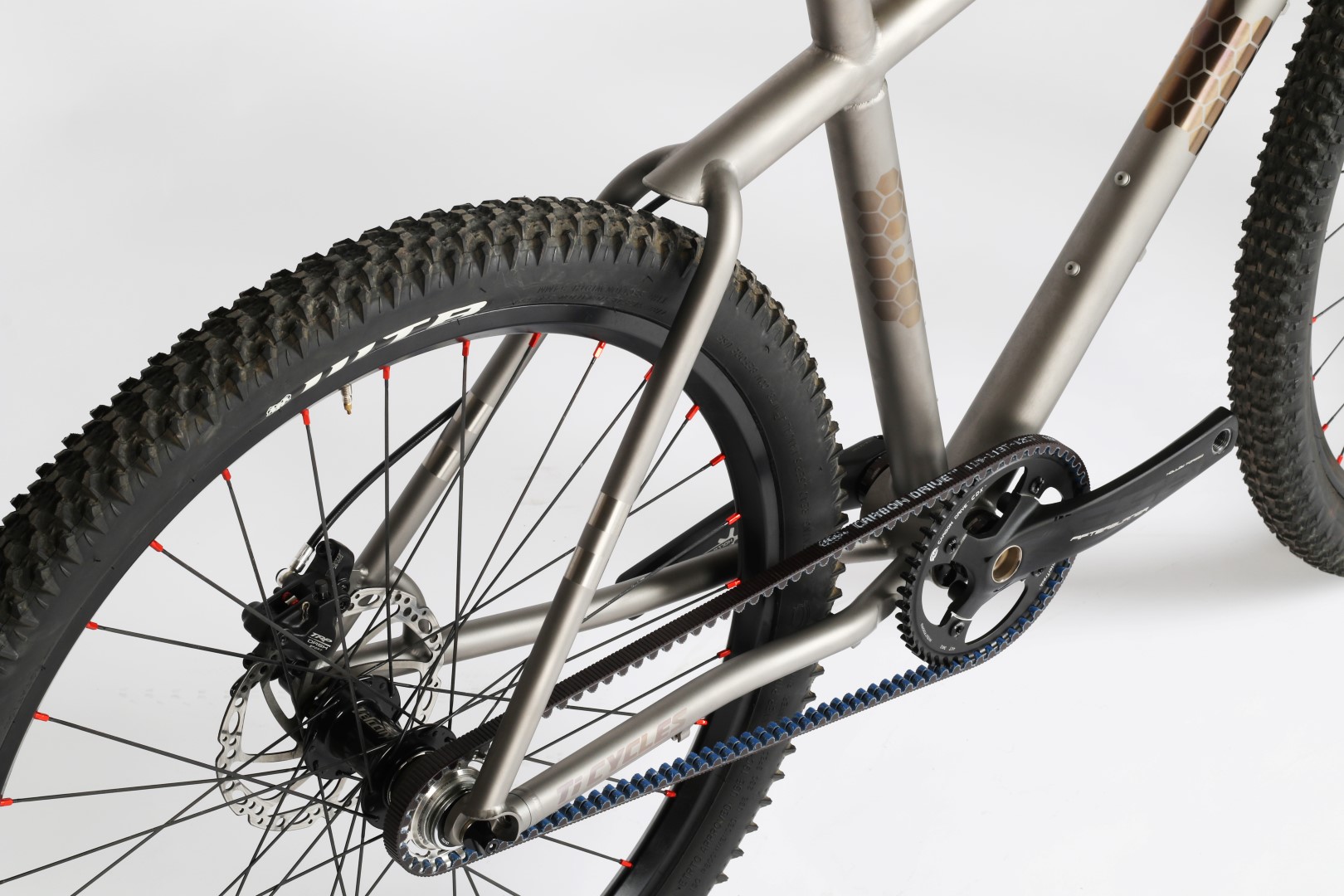

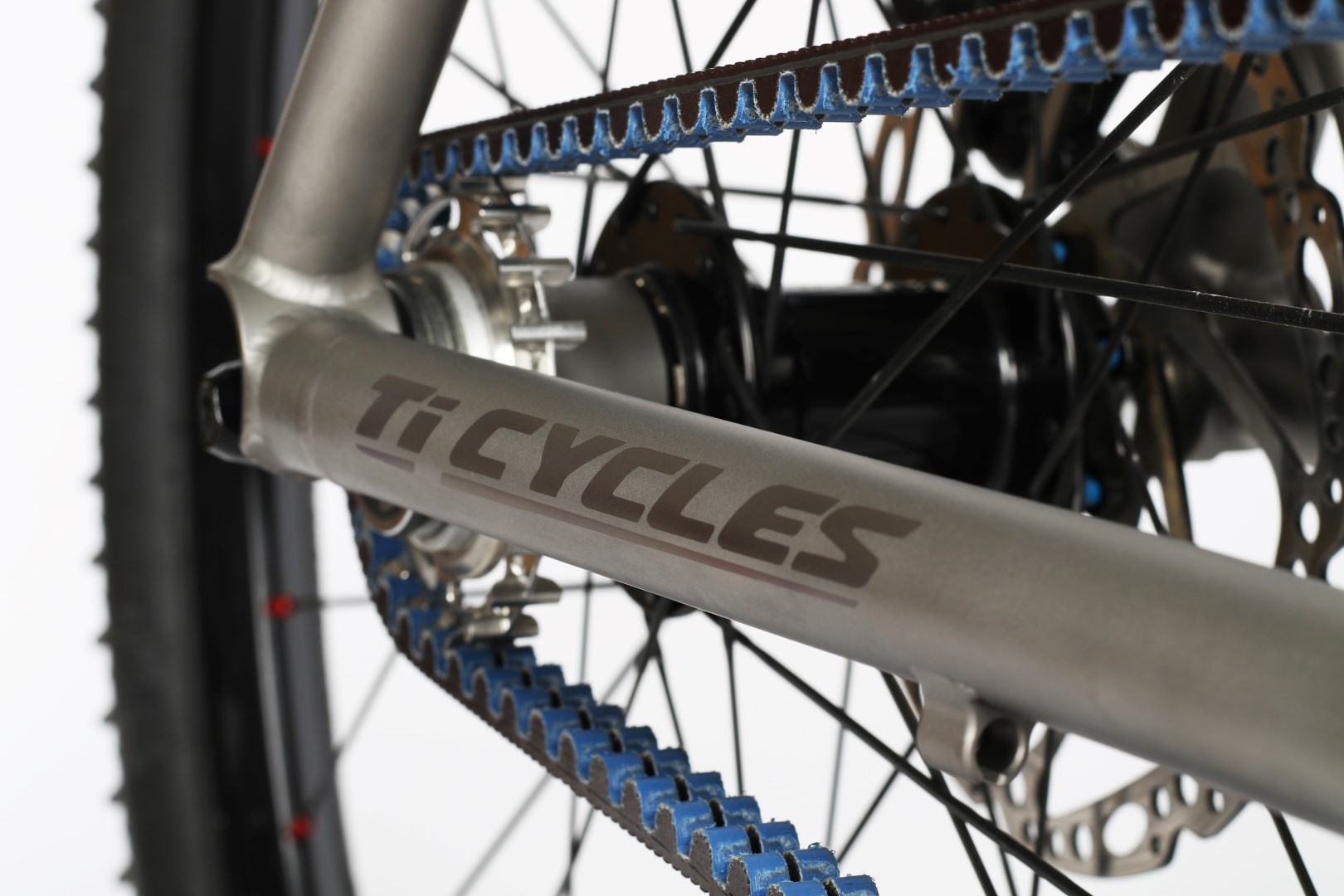

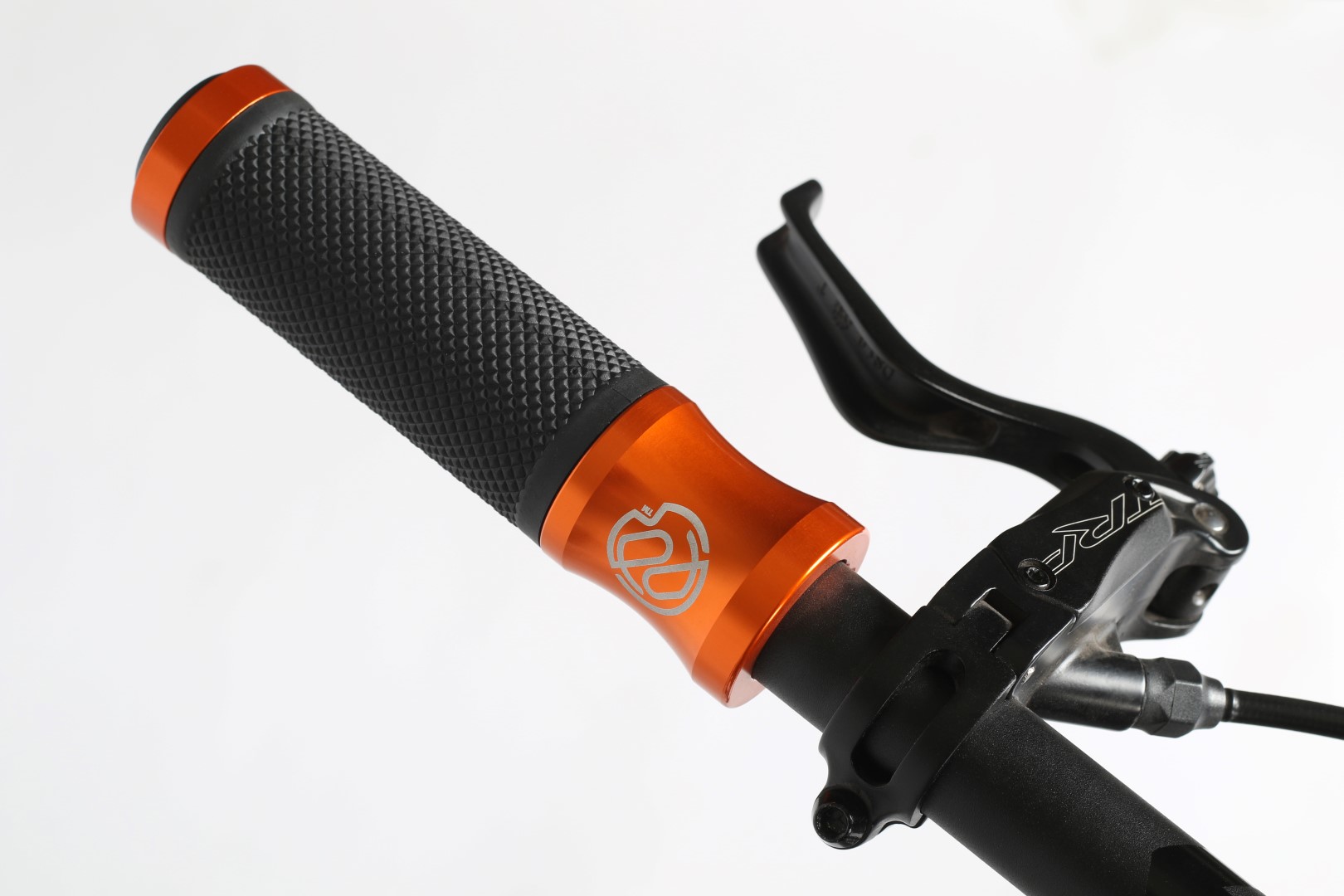
Fast forward a couple decades to a time when mountain bikes make up a significant share of all bikes sold and global brands are keen to develop new SKUs to capture more sales. With a versatile manufacturing pipeline already in place big bike brands fueled the rapid rise of the 29er from anomaly to keystone; when assessing mountain biking sales, in August 2012 Bicycle Retailer and Industry News reported that, "Members of the Bicycle Product and Supplier Association (BPSA) shipped 100,000 more 29ers to shops in 2011 than they did in 2010, representing a $50.4 million increase in sales, more than 90 percent of last year’s sales gain."
Today, when someone talks about their new mountain bike, they're likely not talking about a 26" bike. But the 29" wheel size hasn't proven perfect either, has it? Weight, acceleration, stand over... there are disadvantages with 29ers too. Would the combination of 26" and 29" wheels come a lot closer to bliss?
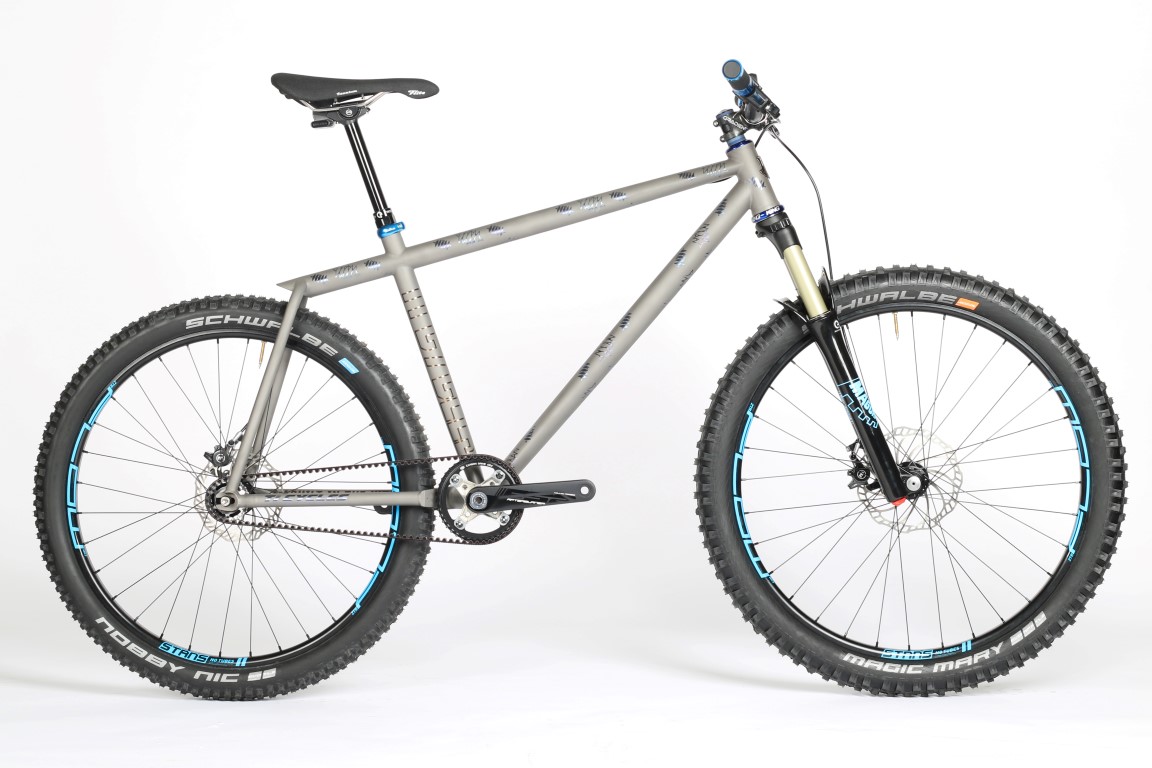
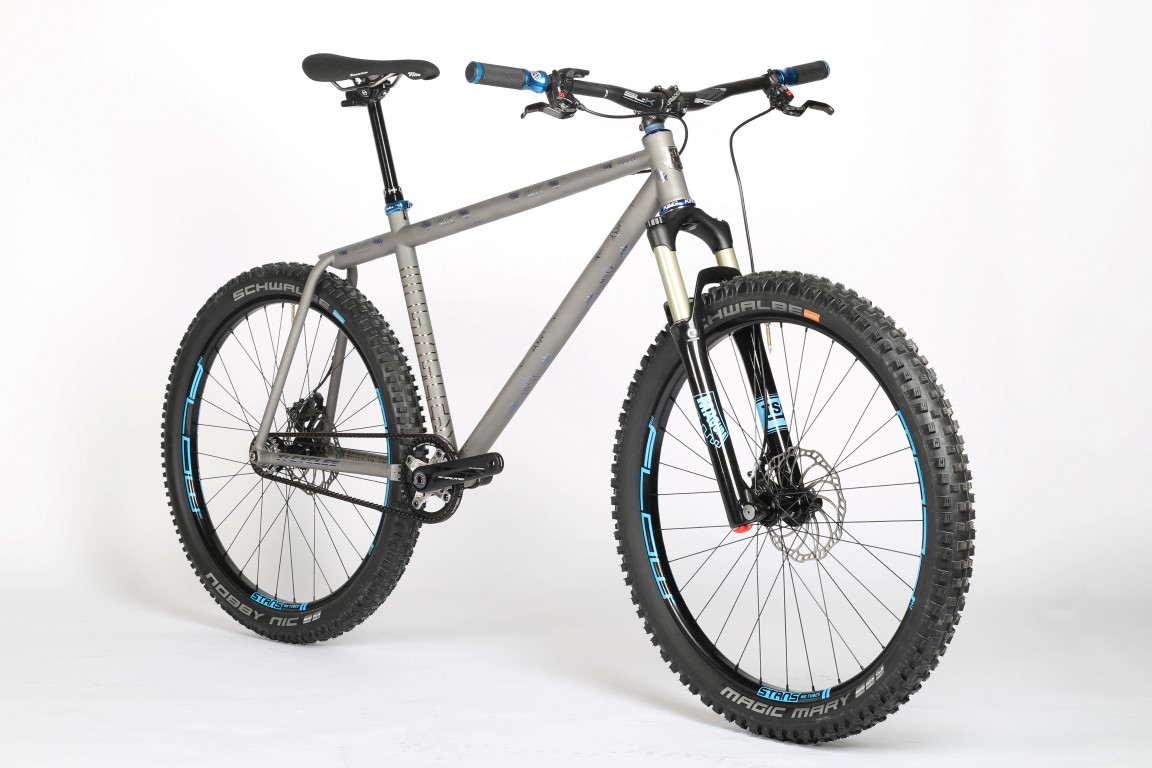
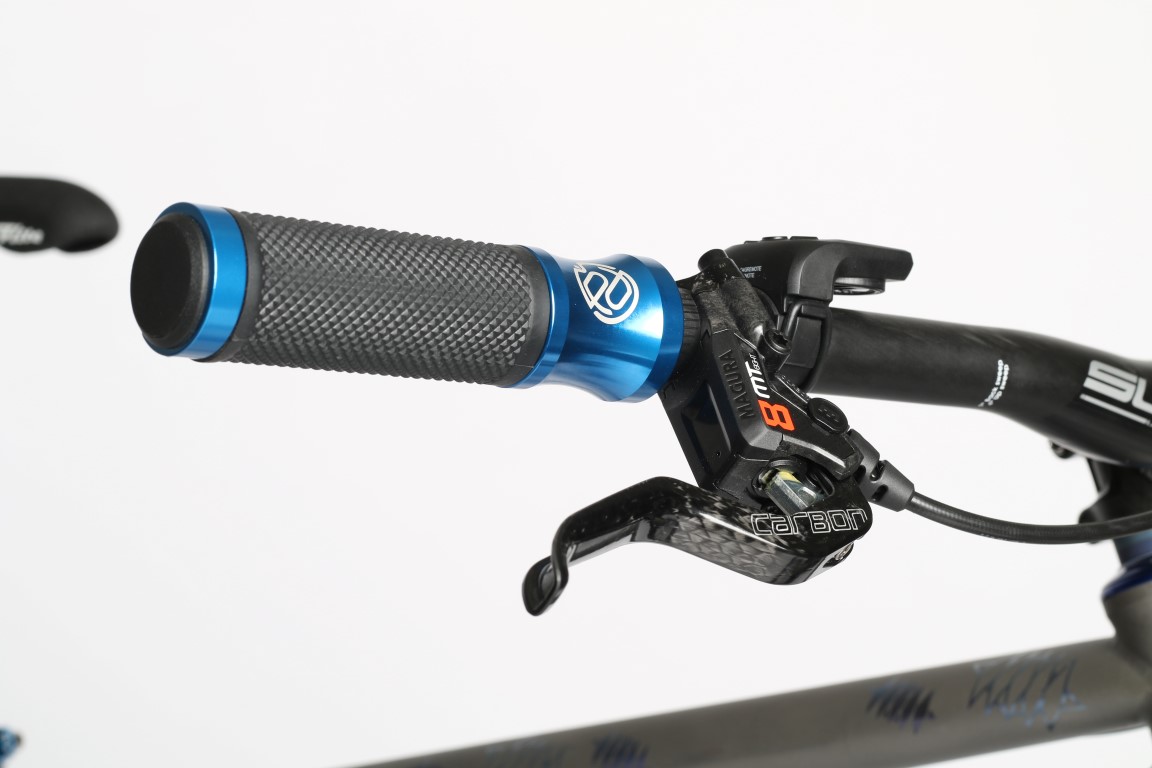


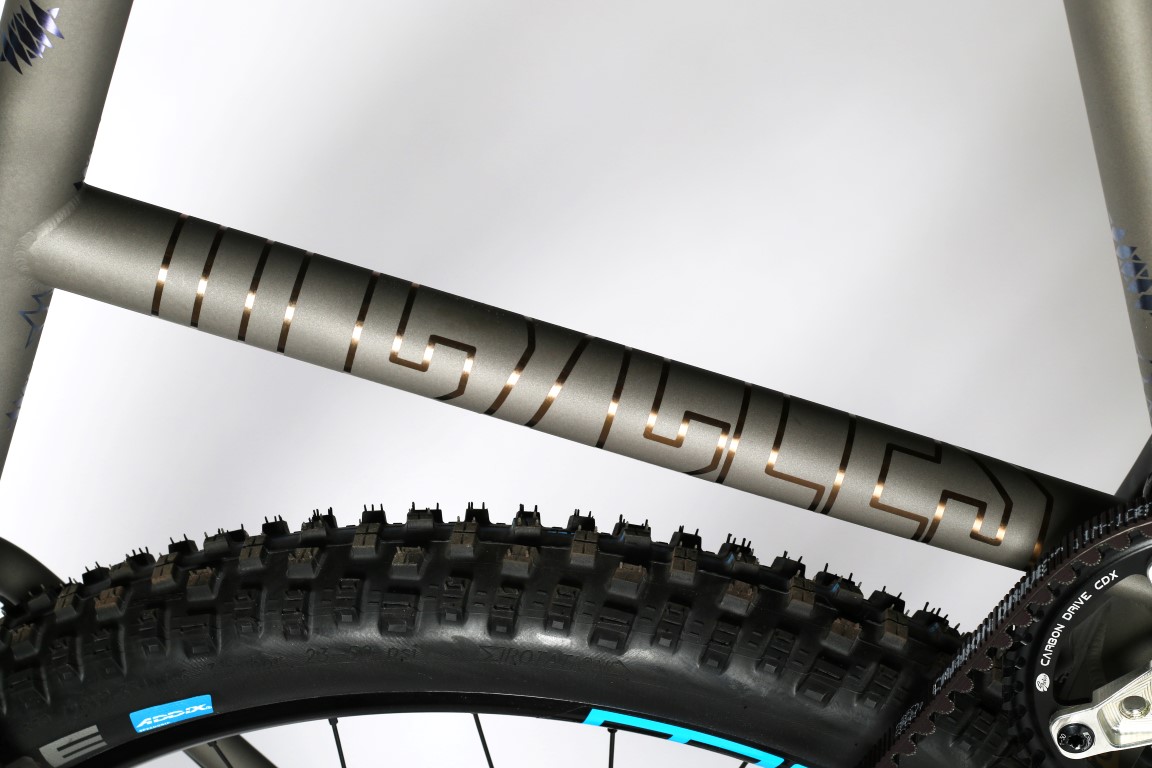
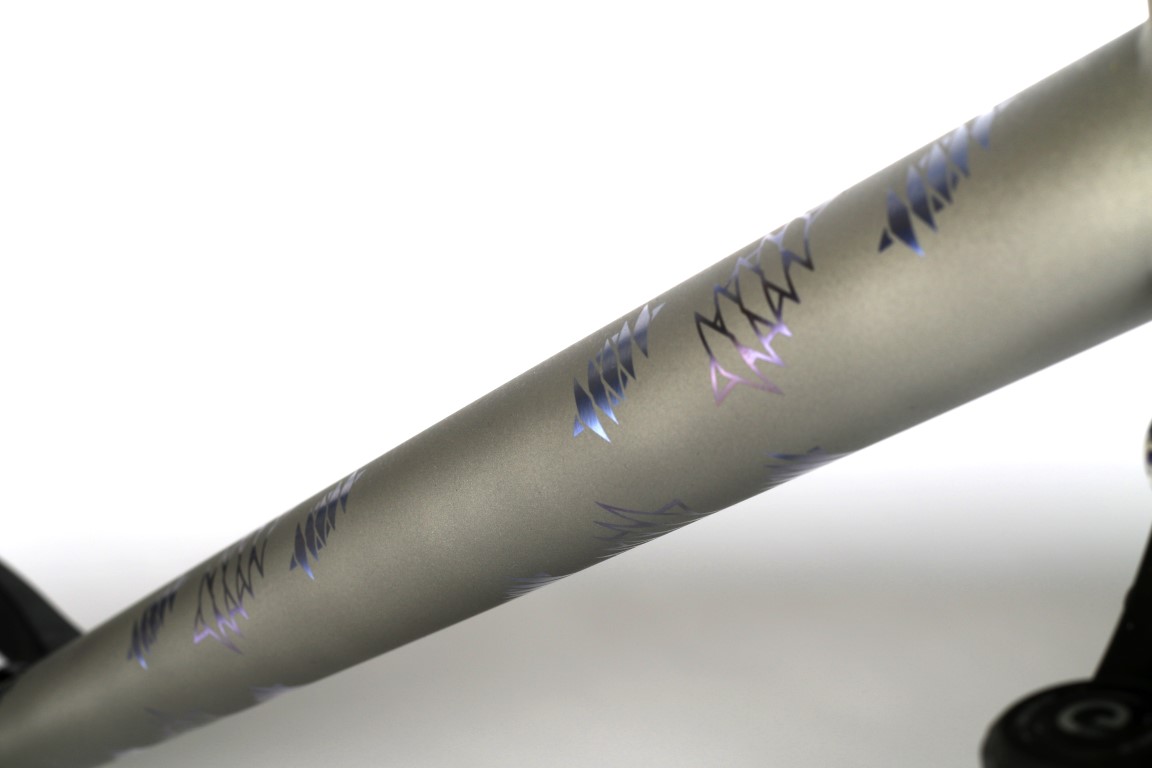



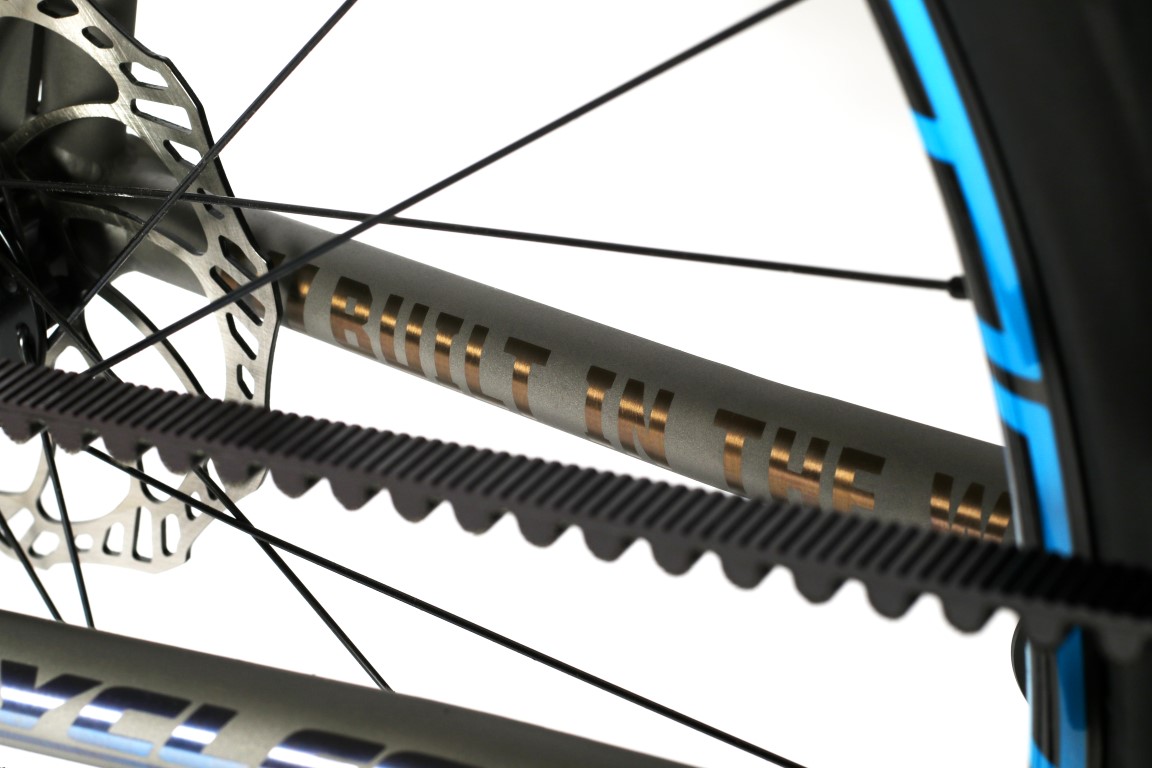
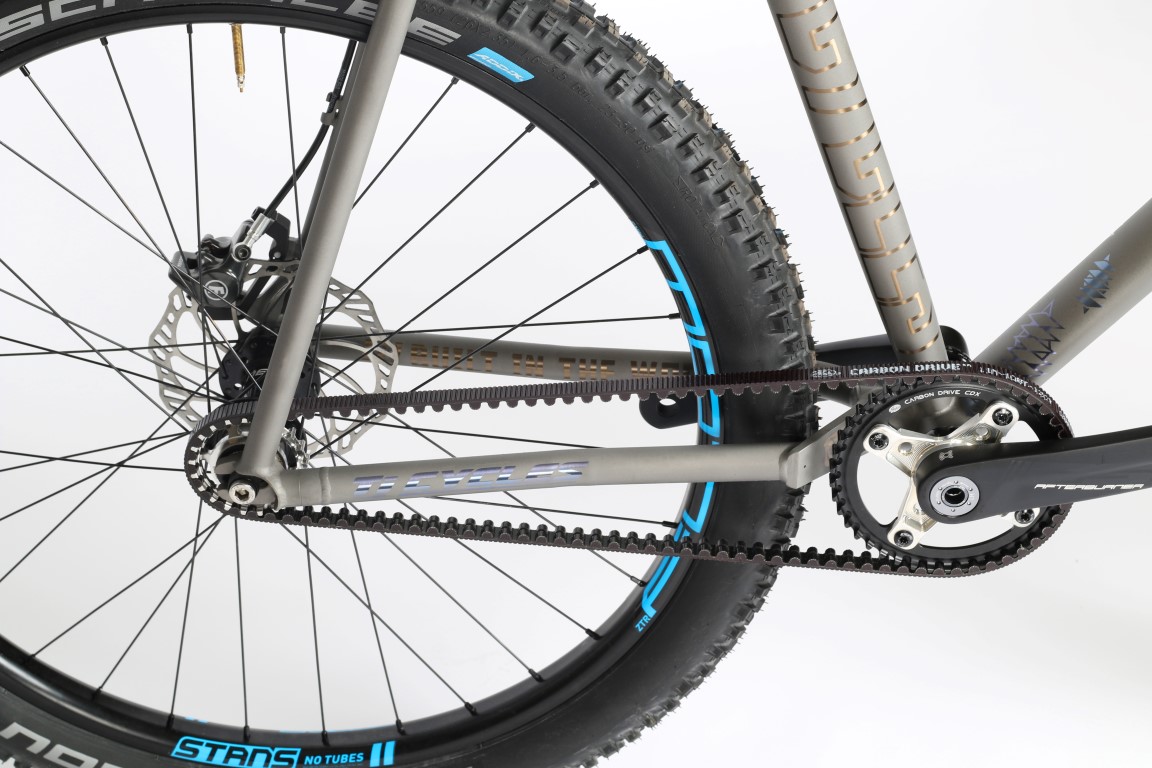
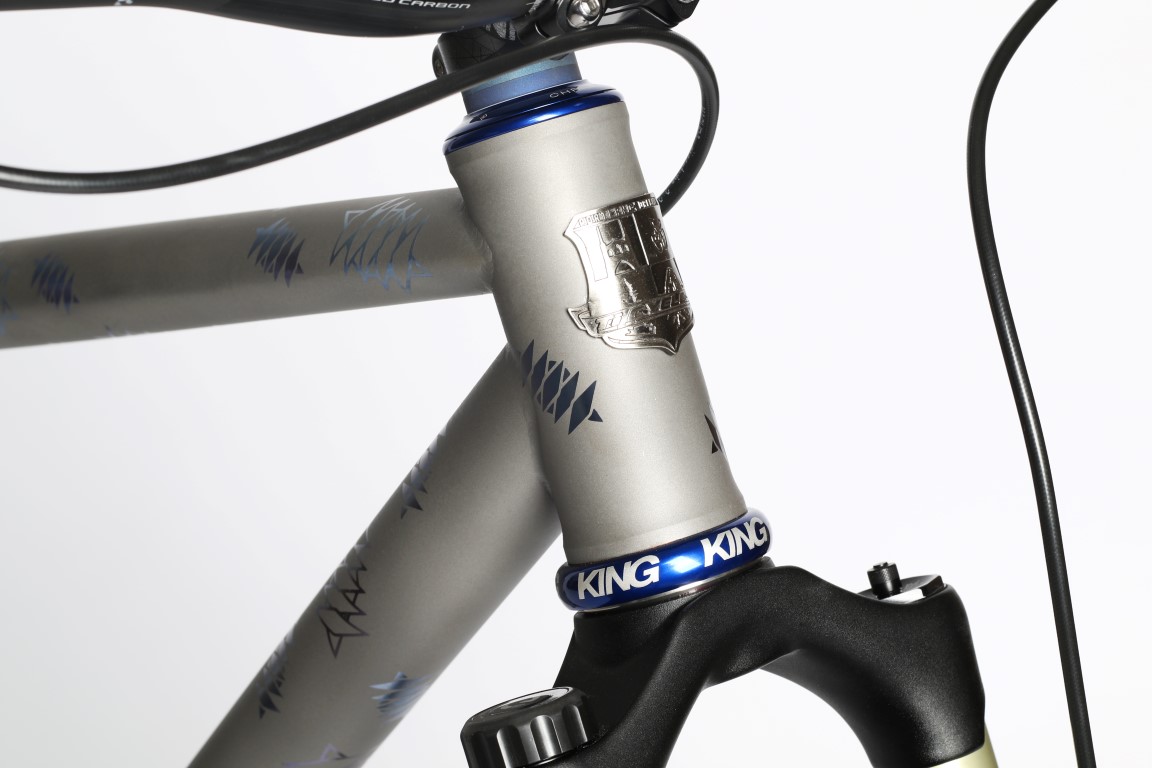
The benefits of a 29" front wheel are well documented and are the practical reason for 29" mountain bikes. A larger front wheel increases the "angle of attack" going forward, making rocks, logs, roots and other obstacles easier to clear. The larger wheel is also a more powerful gyroscope, making the bike more stable at speed and less likely to deviate from a line when it does encounter an obstacle. In addition, the larger wheel allows for a higher bottom bracket and in turn more clearance for obstacles.
The benefits of a 26" rear wheel are also long established and were the reason that wheel size dominated off road cycling for several generations. A smaller wheel provides for a shorter wheelbase and in turn a more quick and nimble ride. It also saves weight over a 29" wheel, as the latter is not as advantageous in the rear as in the front. Most importantly for performance, the smaller wheel size also requires less pedaling force to wind up, making acceleration faster and more efficient.
^ 2012 NAHBS // VPP 69er
There are clearly Pros and Cons to each, and the most recent 27.5"/650B wheel size has become the norm precisely because of the "too big" and "too small" arguments for/against 29" and 26" wheel sizes. Riders want the best of both worlds, but splitting the difference might not be the answer.
Rather than averaging the two sizes for a 3rd "standard", combining 29"/26" wheel setup provides the benefits of both wheel sizes with the drawbacks of neither. So much of mountain bike technology has been a trickle down from the motorcycle world, and to great results. Mountain bikes are ever lighter, plusher, and faster precisely because of the adaptation of moto-x tech, so it seems doubly strange that as one of the key fundamental concepts of function specific wheel sizes was not carried over.
^ 2010 NAHBS // Girder 69er
Years ago the predominant argument against the 69er setup was the inconvenience of carrying two different size tubes for spares; there was some practical logic in that during the era of seat bags and water bottles, but it seemed a bit frivolous by the time hydration bladders and shock pumps made backpacks the norm and sounds downright absurd in the modern age of tubeless tires (not to mention all manner of rider- and frame-mounted bags).
If you're a joiner rather than a leader, sticking with a vanilla twin wheel size might still be your choice. But others continue to find the "69er" format to be the ultimate configuration for XC and Trail riding performance. We have been building frames around the 26/29 setup for years, and have integrated that option into MTB production bikes like the Bonestealer. Many of our personal MTBs have a bigger wheel up front, and all of our customers who are riding 69ers have had the undeniable real-world experience that proves the concept.

